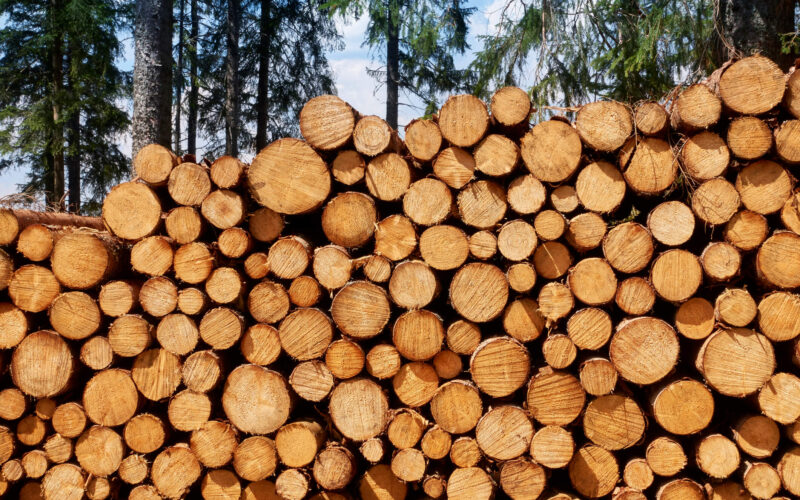With trees being such an important renewable natural resource, tree farming can be an interesting and lucrative endeavor. Building a timber operation from the ground up (pardon the pun) takes a bit of planning and a lot of patience.
While it’s not a requirement, becoming a certified tree farmer with the American Tree Farm System (ATFS) is worth the time. Their certification system shows that you are committed to sustainable stewardship of your forest. The ATFS offices can connect you to purchasers and loggers when it’s time to harvest your trees.
If you are interested in harvesting the rewards from owning a tree farm, check out the following guide.
You Need Land
Whether you intend to get a certification through ATFS or not, you’re going to need land to grow your trees. For ATFS, you’ll need at least 10 acres to be considered for certification. If you already own land, or intend to buy land through a site like landsofamerica.com, you’ll want a fairly flat, well-draining piece of land. A slight slope is okay, but you’ll be performing regular maintenance on the land, so you won’t want it to be too steep.
When you’ve found the perfect site, talk to your bank about agricultural loans. They can connect you to a lender that understands agribusiness and operating costs and may be able to offer flexible lending plans and lines of credit to meet your needs. A great commercial bank option is Farm Bureau Bank. Visit their website to see the affordable commercial banking services they offer for Farm Bureau Federation members.
Choose the Right Trees
Once you have the land, you can start selling existing woodland on the property right away. However, you’ll want to work with a forester who can guide you through sustainable operation. They will point out the best trees to sell and how to replant to grow a new harvest. Growing trees can take years before they’re ready for cutting. If you intend to sell lumber, it can take decades, so you’ll want to have a good plan.
One way to earn cash while your trees are growing is to start a nursery. Check out a local garden store to see what’s selling, and then plant seeds and seedlings native to your area. Within two to five years, you can sell those young trees to garden stores or the public.
You can also start a Christmas tree farm to help your land turn a profit. The average growing time for a Christmas tree to reach retail height is seven years. Check in with local nurseries to see what types of Christmas trees grow best in your area.
Craft a Plan
Part of ATFS certification includes taking care of soil and water quality, dealing with invasive pests, and maintaining healthy woodlands on your property. Even if you don’t intend to certify with ATFS, if your woodlands stay healthy, your farm will stay profitable for the long term. To complete this, you need to set up a forest management plan with a licensed forester. An easy way to connect with a forester and start your forest management plan on your own is through mylandplan.org. My Land Plan provides tools and guides to help you map your land, set your goals, and connect with other woodland owners.
Sell Your Timber
Your forester will be able to assess the value of your timber when you are ready to start selling. They’ll also be able to connect you to buyers and loggers. You’ll mark out the area that is available for cutting and get ready for replanting once the process is done. If you have a good plan and the timing is right, you’ll soon be selling timber every year.
Insure Your Business with Farm Bureau Insurance
If you have a commercial business, even if it’s not an agribusiness, insure it with Farm Bureau Insurance. We offer commercial property, general liability, commercial automobile insurance, and much more. Contact an agent near you to get started.

